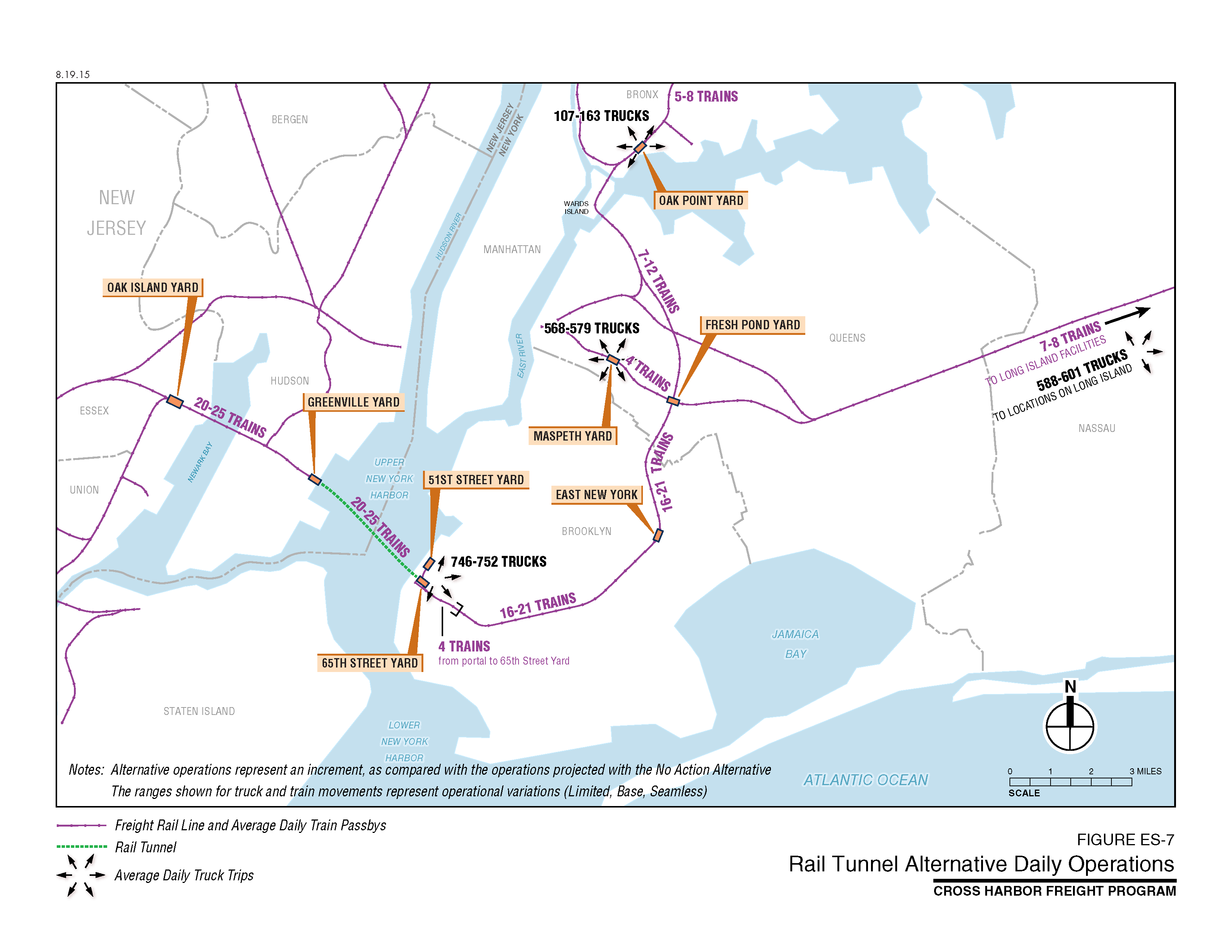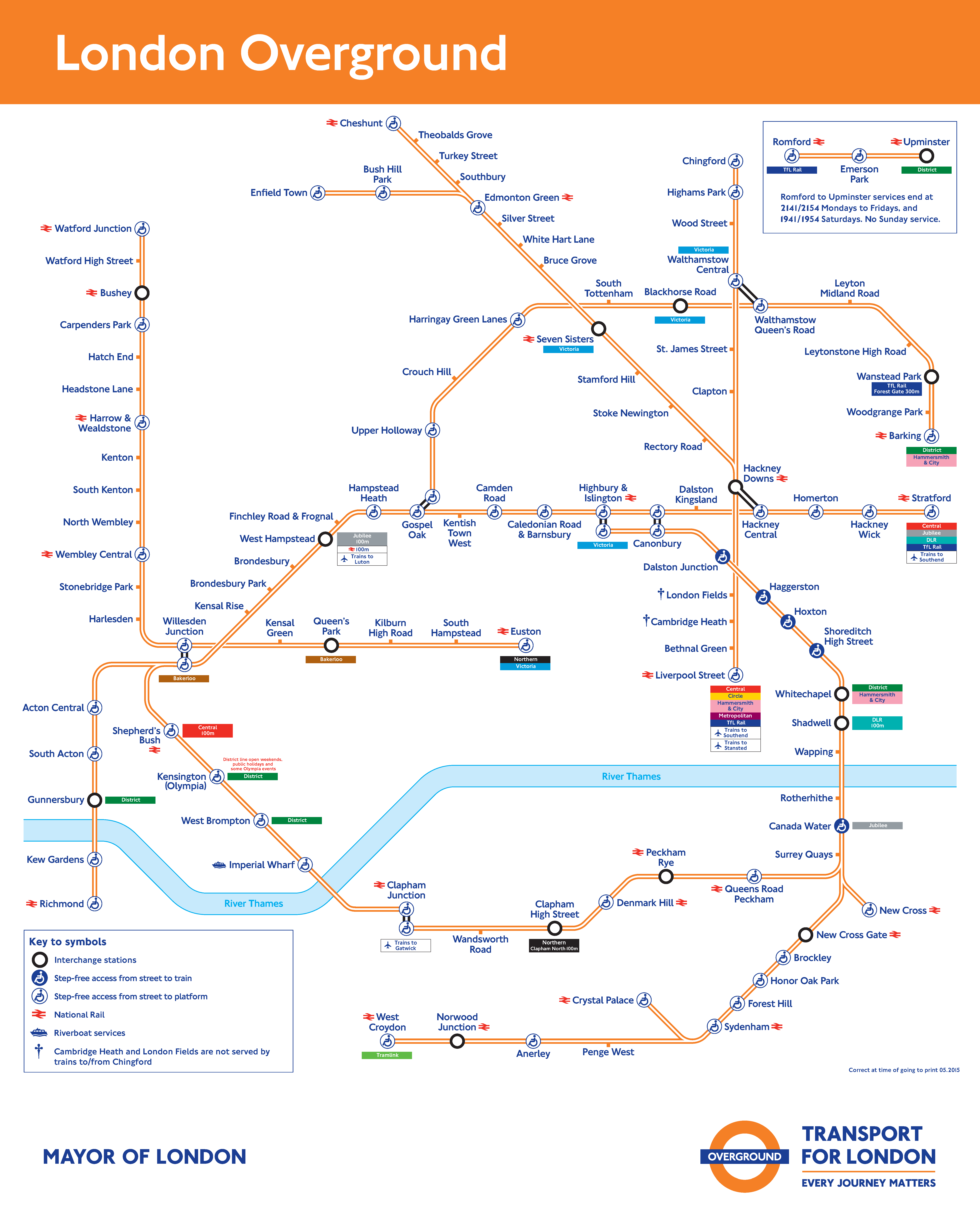The New York City boroughs of Brooklyn, Queens, Staten Island and the Bronx are home to 6.6 million people. Many of them are poorly served by the city’s century-old, Manhattan-centric transit system.
Transit improvements are typically focused on moving people in and out of Manhattan. Yet today, more New Yorkers commute within the outer boroughs than into Manhattan, and the city is gaining more jobs in Brooklyn, Queens, the Bronx and Staten Island than it is in the urban core. The majority of people living in the four boroughs outside Manhattan don’t use public transit to travel to work within the boroughs, even though they live in the city with the largest subway and bus network in the U.S. Why? Because New York City’s subways were designed to bring people into Manhattan, not to move them between other boroughs, and the buses that serve the boroughs are slow and unreliable.
New York City’s subways were built radially from the core to connect people to Manhattan, limiting the system’s value for residents traveling to other places. Indeed, the vast subway network, with 470 stations, isn’t within a reasonable walking distance for 43% of the city’s outer borough residents.1 Yet more than 50% of New York’s job growth in the last 15 years has occurred outside Manhattan.2 Many residents’ work or shopping trips are difficult or impossible to accomplish via the subway alone, requiring circuitous, time-consuming and multiple-transfer journeys by combinations of bus and subway.
Residents of Queens, Brooklyn and the Bronx often are compelled to travel through Manhattan to get to adjacent boroughs, since even this circuitous route is faster than the alternative – infrequent and unreliable buses. In these boroughs, workers spend an average of 53 minutes traveling to Manhattan, but travel for work to adjacent boroughs is longer. A trip from the Bronx to Queens takes 68 minutes each way for the average worker. A trip from Brooklyn to Queens takes 63 minutes for a typical public transit commuter.3 Though an additional 10 to 15 minutes of travel might not sound significant, the cumulative effect is huge: 65 hours of travel time per worker each year, or almost three additional days spent commuting.4 And those numbers don’t take into account all the trips that aren’t taken – jobs not pursued, schools avoided – because the journey is too long or complicated.
What if there were a fast, convenient and direct transit connection between the Bronx, Queens and Brooklyn?
It’s possible. In A Region at Risk: The Third Regional Plan for the New York-New Jersey-Connecticut Metropolitan Area, RPA proposed a circumferential transit line called the Triboro to connect the three boroughs. The above-ground line would cross over many subway and commuter rail lines and take advantage of underused and abandoned rights-of-way. Over the years, RPA has continued to develop the proposal. This paper outlines RPA’s most recent analysis on the Triboro Line and highlights the enormous opportunity it represents for New York and the metropolitan region.5


